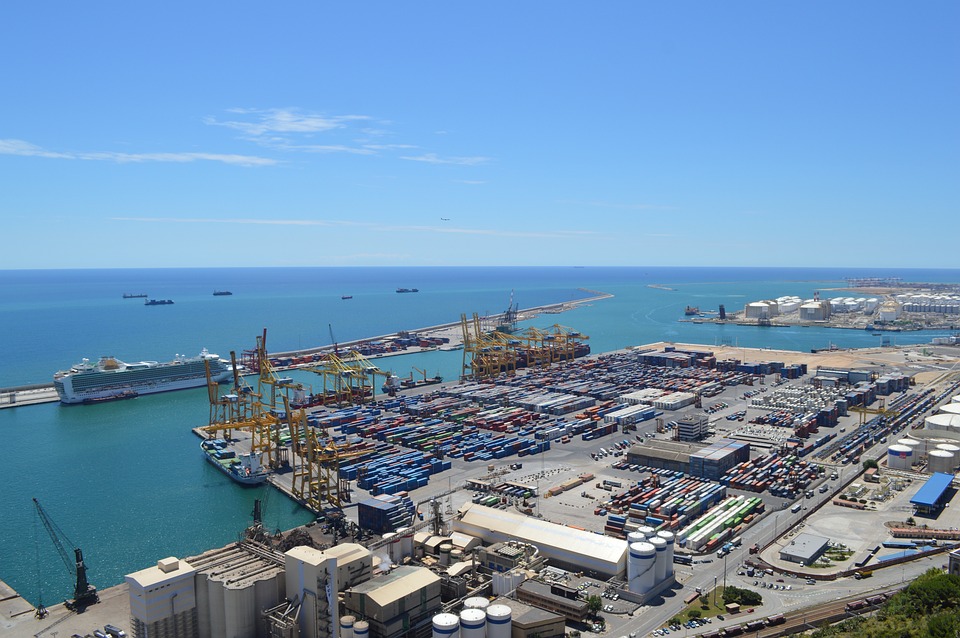Introduction
Motril, a charming town located on the Costa Tropical in the province of Granada, Spain, has undergone a captivating transformation throughout its history. Once known as the sugar cane capital of Europe, Motril now captivates visitors with its tranquil Mediterranean atmosphere, beautiful beaches, and rich cultural heritage.
The Sugar Cane Era
In the 19th century, Motril was renowned for its thriving sugar cane industry. The region’s fertile soil and subtropical climate made it an ideal location for cultivating this valuable crop. Large plantation-style farms, known as “cortijos,” flourished, and sugar mills were built to refine the cane and produce sugar. The sugar cane era brought prosperity to Motril and significantly shaped its identity.
Agriculture & Mediterranean Charm
Over the years, as the demand for sugar declined and the industry faced challenges, Motril gradually shifted its focus towards agriculture. The region became famous for its tropical fruits, such as avocados and mangoes, which thrive in its warm climate. Today, visitors can explore the picturesque countryside, dotted with orchards and plantations, and savor the delicious local produce.
Aside from its agricultural heritage, Motril has also embraced its natural surroundings and developed its charming Mediterranean character. The town is blessed with a delightful climate, mild winters, and warm summers, making it an ideal destination for those seeking sun, sea, and relaxation. Its enchanting beaches and crystal-clear waters invite visitors to unwind and enjoy the tranquility that Motril offers.
Cultural Gems
While Motril is known for its natural beauty, it also houses a range of cultural gems that provide insight into its history and traditions. The Bonsai Museum, located in the Cortijo del Conde, features an extraordinary collection of bonsai trees from around the world, showcasing the delicate art of these miniature masterpieces.
The Motril Museum preserves the town’s history and showcases the sugar cane industry’s significance through exhibits that highlight the cultivation, processing, and distribution of sugar. Additionally, the prestigious Sugar Cane Festival, held annually in September, celebrates Motril’s sugar cane heritage with vibrant parades, traditional music, and delicious culinary experiences.
Gastronomy & Culinary Delights
Motril’s rich agricultural heritage has influenced its gastronomy, offering visitors a delightful culinary experience. The town’s menu boasts fresh seafood, locally sourced fruits, and traditional dishes, providing a true taste of the Mediterranean. From mouthwatering fried fish to savory paella, Motril’s restaurants cater to all palates.
For those seeking a unique food experience, the annual Tapas Route allows visitors to explore the town’s charming streets while indulging in delicious bites paired with refreshing beverages. This gastronomic adventure lets you discover Motril’s culinary treasures, enabling a deeper connection with its culture and people.
Conclusion
Motril, once a thriving sugar cane capital, has gracefully transformed into a tranquil Mediterranean paradise. Its agricultural heritage, beautiful beaches, and rich cultural attractions make it a must-visit destination. Whether you’re seeking relaxation, exploring cultural gems, or indulging in culinary delights, Motril offers a captivating experience that will leave you longing to return to this enchanting town on the Costa Tropical.

